"There is a art" Mingyue at this time, watching Mid -Autumn Festival in Chinese calligraphy and painting
Author:China Well -off Time:2022.09.13
Follow "China Well -off ".com
The Mid -Autumn Festival is also known as the monthly festival, the moon, the autumn festival, the worship of the month, and the reunion festival. The Mid -Autumn Festival is a metaphor for the reunion of the moon, and the people are entrusted to miss their hometown and their loved ones. In the Mid -Autumn Festival, people appreciate the moon, eat moon cakes, and sacrifice the moon. Throughout the ages, Chinese literati and writers have continuously created art works such as painting, calligraphy, and poetry with the theme of Mid -Autumn Festival. "The moon is rising at the sea, and the end of the world is at this time", "When the moon is there, and ask the wine to ask the blue sky" is a masterpiece. The Mid -Autumn Festival has brought too many emotions, perceptions, thoughts, and creative inspiration to Chinese literati. Let us follow these works together and send love Mid -Autumn Festival!
painting
01 Wen Zhengming's "Atrium Step Moon Map"

In the Ming Dynasty, Wen Zhengming, the "Moon Moon Moon Moon", is now hidden in the Nanjing Museum. In traditional Chinese paintings, it is not uncommon for the creation of literati monthly interviews. Wen Zhengming's "Atrium Step Moon" is one of the representative works. The painting shows the painter and the guests in the courtyard in the autumn courtyard after the painter and the guests are drunk. Through the layers of the scenery, the painter provided a very peaceful and quiet activity space for the protagonist's activities in the painting. The silent and bright moonlight appeared on the picture, with unlimited feelings, adding a kind and leisure to the elegant life of the scholars. It can be said that the "Atrium Step Moon Picture" painted by Wen Wei Ming was both a portrayal of his personal daily life, but also a elegant life at that time pursued by the class of scholars at the time. The sublimation of life experience and spiritual life experience. This also reflects the elegant life of scholars at the time and was extensive.
02 Tang Yin "Chang'e Posted Guizu Map"
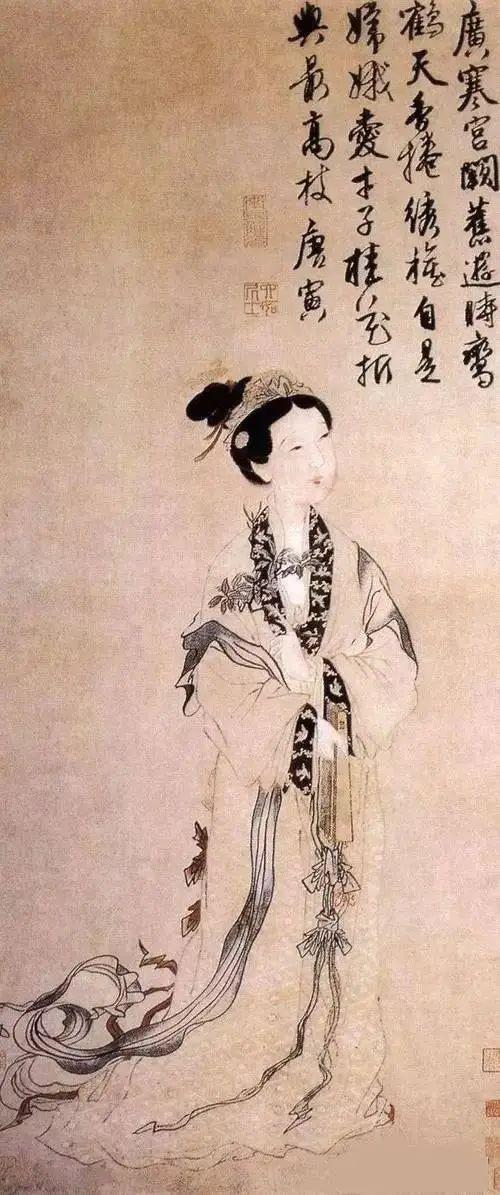
In the Ming Dynasty, Tang Yin, "Chang'e Persistent Gui Tu", is now hidden in the Metropolitan Museum of Art in the United States. Tang Yin's figure paintings and painters are good at writing. The Chang'e skirt in the picture is elegant, with a gentle and beautiful look. Hanging flowers in his hands, the head lines and smoothness are smooth, the dyeing is proper, and the beauty is in good style. The color of the face is covered with white blooming, such as moonlight clearing, clean and elegant. The top right of the picture: When the old tour of Guanghan Palace, the Crane Tiansheng Roll Gui Banner. Since Chang'e loves talents, osmanthus folds and the highest branches.
03 Ma Yuan's "Moon Under the Cup Picture"
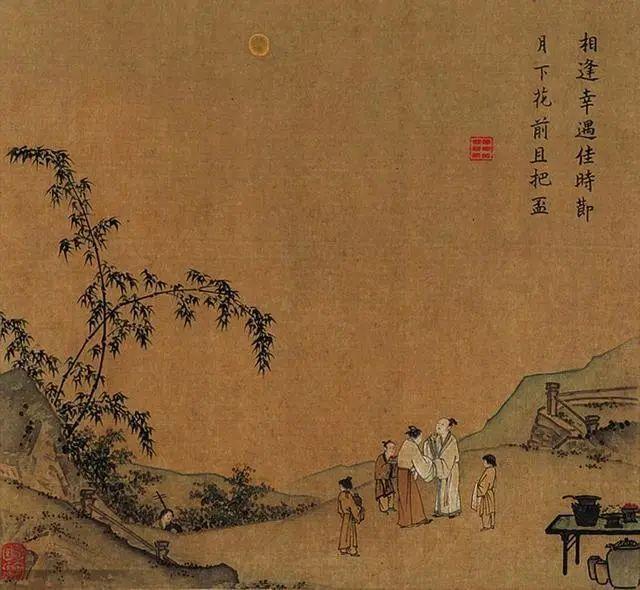
In the Song Dynasty, Ma Yuan, "The Cup Map under the Moon", is now hidden in the Tianjin Museum. The painting is a boutique handed down in the Southern Song Dynasty. The painting depicts the night of the Mid -Autumn Festival. A round of a round moon is hung in the air. Great spiritual joy. Although there is only one album in this painting, the picture composition adopts "small and medium to see big, only one corner or half of the scenery, to highlight the vast space of the mountains and forests", the pen and ink are vivid, and the composition is "flat insurance", which shows the show, showing the show, showing the show. The mountain stream is deep and dangerous. The biggest feature of this painting is that each line is relatively tough and rough, with a little rounded in toughness. This is a feature of Ma Yuan's painting. Places, mountains and stones, bamboo festivals, etc. can be reflected.
04 Du Yan "Sacrifice Moon Map"
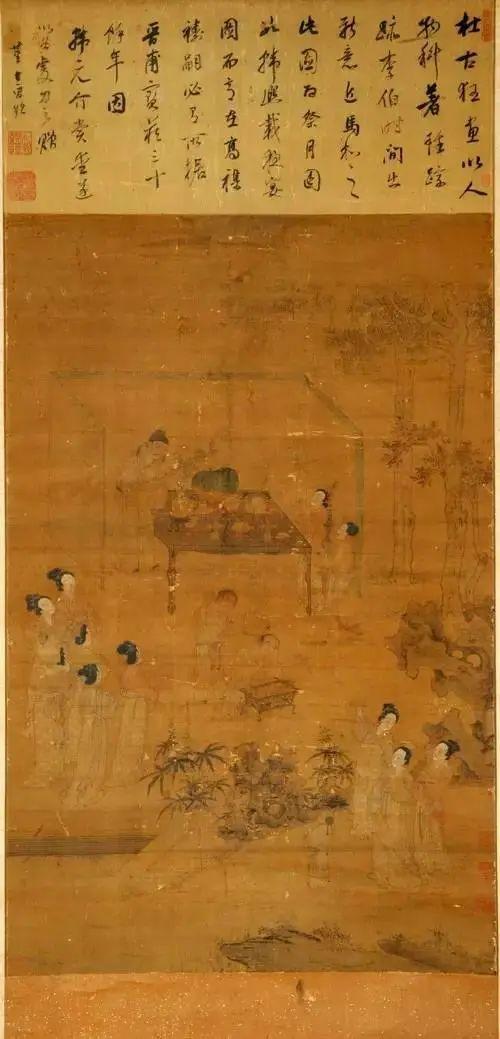
In the Ming Dynasty, Du Yan, "Sacrifice Moon Map", is now hidden in the Chinese Art Museum. In addition to the "moon appreciation", "worship the moon" is also an important custom of court and folk in the Mid -Autumn Festival. The ancients had a worship and awe of nature, so they had the ceremony of worship, which was intended to eliminate disasters and blessings. "Worship the moon" has evolved from the ancient emperor's sacrifice activities of "Autumn Equins Moon". In the Zhou Dynasty, the moon sacrifice became an important one in the complete etiquette system, and it was called "Sacrifice Moon" as "Xi Yue". By the Sui and Tang dynasties, the "worshiping the moon" is more large -scale after the Song Dynasty, and the utilitarian world wishes were added in the Ming and Qing Dynasties. Nowadays, there are many monuments such as "worshiping the moon", "worshiping the moon pavilion" and "Wangyue Tower" in all parts of my country. This "Monthly Moon Map" describes the Mid -Autumn Festival nights of people with sacrifice. The case is round offerings such as moon cakes and moon fruit, which is the scene of the moon worship.
05 Chen Mei's "Moon Man Cleaning Map" "Qiongtai Review Moon"
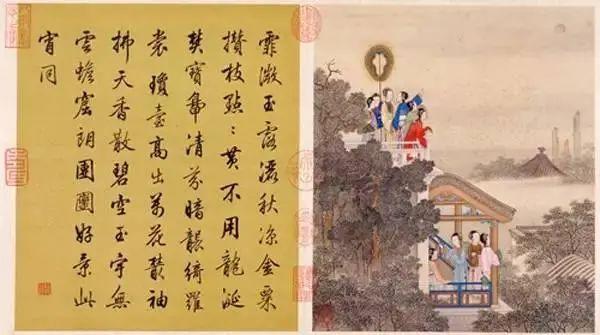
Qing, Chen Mei, "Qiongtai Review Moon" in "Moon Man Clear Traveling" is now hidden in the Palace Museum. After the Sui and Tang dynasties, people's understanding of the moon faded away mysterious colors, and the Mid -Autumn Festival "Moon Appreciation" and "Playing the Moon" with entertainment are popular. By the Song Dynasty, the Mid -Autumn Festival Folk Customs festivals centered on the moon appreciation activities were formed. The literati ’s moon appreciation was more sensible. After the Ming and Qing dynasties, the Mid -Autumn Festival's customs were more prosperous. In many places, special customs such as burning fragrance, tower lights, and the moon were formed. This painting of the Qing Dynasty painter Chen Mei and 11 other paintings depicting the life of the court concubine for one year. Among them, "Qiongtai's Moon" reproduces the scenes of the concubines on the day of the 15th day of the lunar calendar. These women's images in Chen Mei are slender and light. In addition to showing the living conditions of the harem woman, they can also see their spiritual world living in Gongyuan in the painting.
06 Zhang Qian "Chang'e"
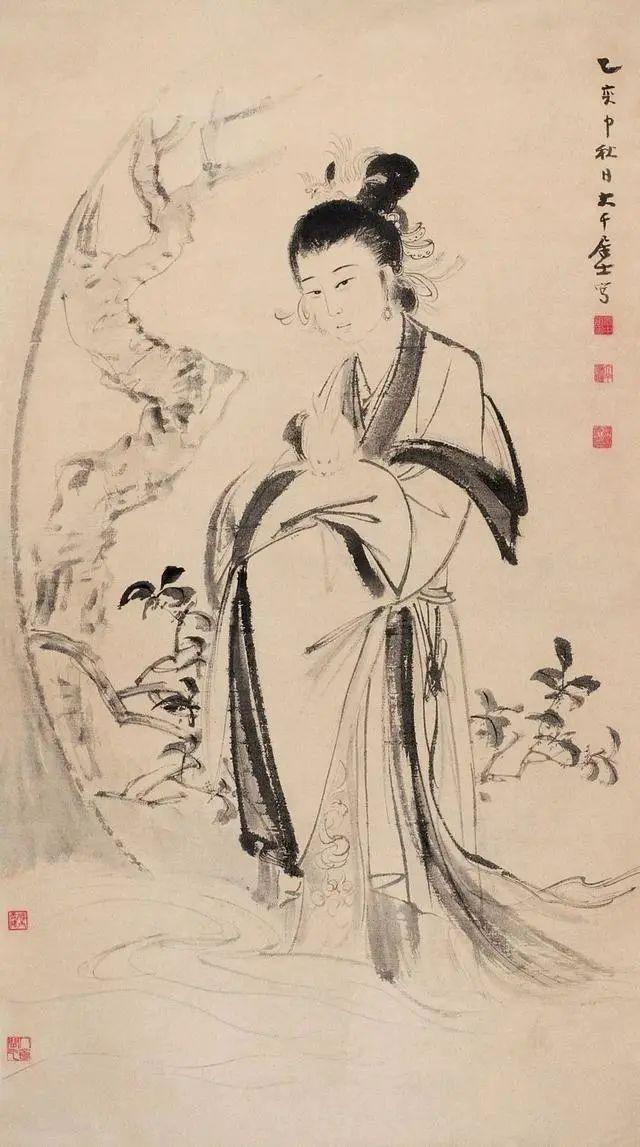
In modern times, Zhang Daqian, "Chang'e". Chang'e is beautiful and is the object of continuous shaping of artists for thousands of years. Zhang Daqian's work "Chang'e" was signed by the famous flower and bird painter Yu Fei. In the painting, Chang'e under the laurel tree hugs the jade rabbit with a peaceful expression. Many of the young women and girls who have taken the ladies in Zhang Daqian. The Chang'e under the laurel tree in "Chang'e" did not have the style of the ancients, giving people a sense of closeness, belonging to the typical feature of Zhang Daqian's early ladies.
calligraphy
07 Wang Xianzhi's "Mid -Autumn Festival" Eastern Jin, Wang Xianzhi, "Mid -Autumn Festival". Wang Xianzhi's "Mid -Autumn Festival" is a famous ancient calligraphy work. He is known as the "Three Grand" by the Emperor Qianlong of the Qing Dynasty with Wang Xizhi's "Fast Snow" and Wang Yan's "Bo Yuan Tie".

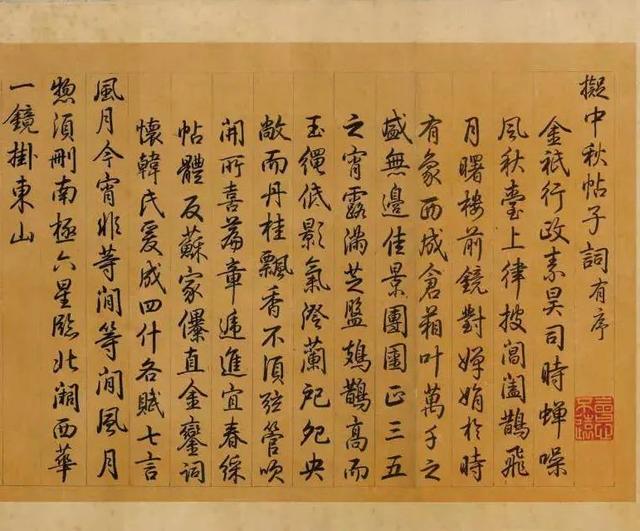
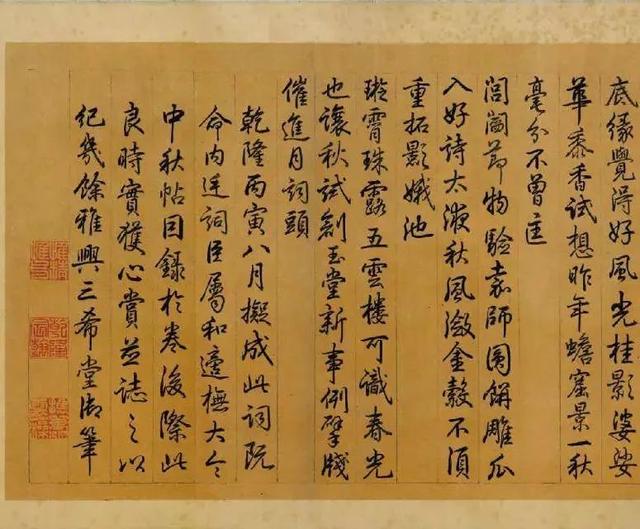
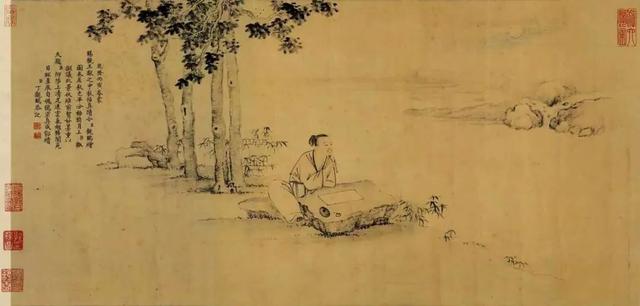
08 meters 中 "Mid -Autumn Poetry Post"
In the Song Dynasty, Mi Yan, "Mid -Autumn Poetry Post". "Mid -Autumn Festival Poetry Post" is the incomplete copy of Mi Yan in the Song Dynasty. According to Wang Xian's "December Cutting Posts", the original post also had the six words "December Cut" before "Mid -Autumn Festival". Hidden for Mi Yan, followed by the "Baojin Zhai Method". There are 3 lines of this book, with a total of 22 words, interpreted, "The Mid -Autumn Festival must not have to be the best of the soldiers such as He Qing."
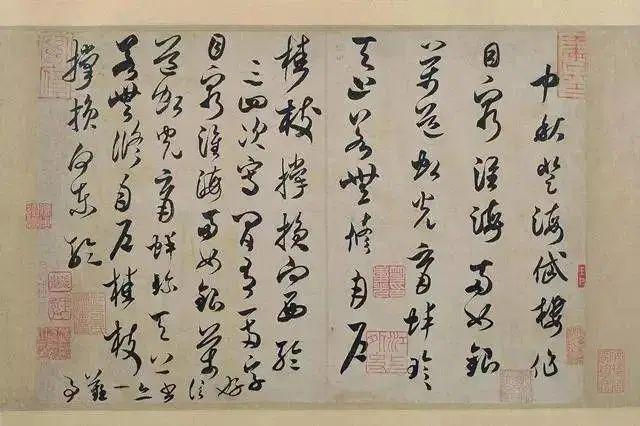
09 Song Huizong's "Mid Mid -Autumn Moon Post"
In the Song Dynasty, Song Huizong Zhao Yan, "Mid -Autumn Festival Moon Post". Song Huizong Zhao Yan is the first person in the calligraphy and painting and calligraphy of the Chinese emperor. His "thin gold body" is still happy to this day. "The Mid -Autumn Menuki Post" is a seven -character poem depicting the Mid -Autumn Festival. It uses a strong and straightforward and charming atmosphere to set off the verse itself. Is located in Beijing Palace Museum.
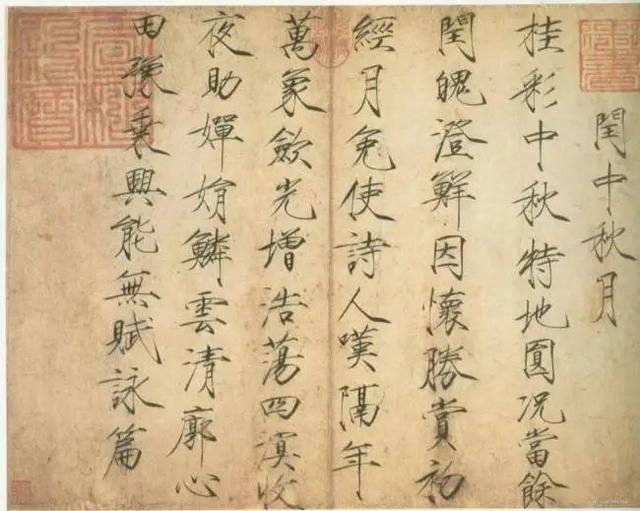
From ancient times to the present, Chinese people have deep emotions and spiritual sustenances on the round moon hanging in the Mid -Autumn Festival and Mid -Autumn Festival. The Mid -Autumn Festival has a very special meaning to the Chinese, which is one of the reasons why literati and writers have left so many exquisite art works. At this Mid -Autumn Festival, I hope that we will enjoy the bright moon of the Mid -Autumn Festival in the Mid -Autumn Festival, and wish everyone a happy and healthy and happy.
——————————— Source 丨 "There is an art realm" comprehensively sorting out the self -network responsibility 丨 school pair 丨 Li Hanmei 丨 澹 月 丨 丨 Haruko
Copyright statement: In addition to the original works, the articles, pictures, videos and music used by this platform belong to the original right holder. Due to objective reasons, there may be improper use. To get in touch with the original author, or the author's name and the original source marking errors, etc., non -malicious violations of the relevant rights and interests of the original right holder, please forgive me to understand and contact us (mailbox: [email protected]) we will deal with it in time, Maintain a good network creation environment together
- END -
Yongchang: The flowing museum enters the campus to make the cultural "live"

In order to further enrich students 'extra -curricular life and develop the studen...
Do you know about these things in the summer solstice?
“夏至占据几个'之最'?”“每年的夏至一定都是在6月21日吗?”“哪些成语和夏至有关?”……...